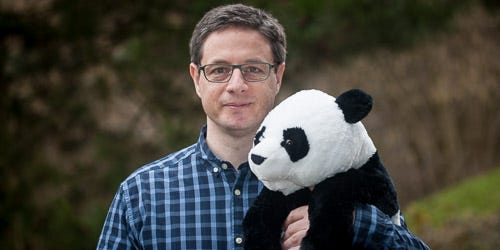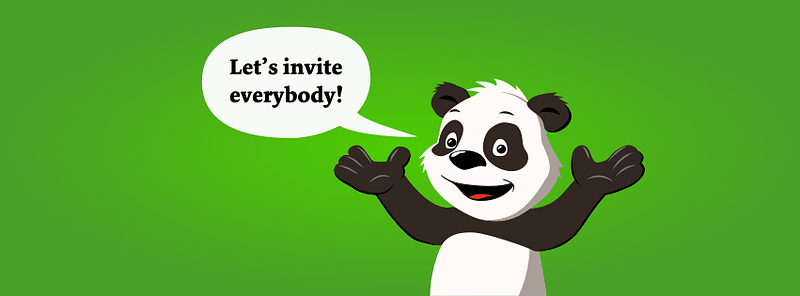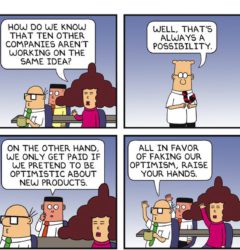The Design Life Of A Product Designer — Interview with Gabor Lenard
16 Sep

Table of Contents
ToggleGabor Lenard is a Digital Product Designer, currently building Zenvite — a platform to create smart invitation pages. He is a UX specialist, implementing interactions with handcrafted HTML, CSS, and JavaScript, using Go programming language and Google App Engine. His hobbies include swimming, meditation, photography & skiing. As a designer he loves, fluid web design, responsive web design with future-friendly web and mobile-first, tech innovation. Precisely he cultivates mindfulness and simplicity.
In order to quench our thirst, to know more about design life of a product designer, we at zipBoard interviewed Gabor, to learn from his journey and experiences. Our conversation focuses on topics like his design journey, collaboration, rapid prototyping and much more. Read on to know more…

How did you decide to become a product designer?
Gabor: “Whatever official role I’ve ever had (business analyst, developer, architect, interaction designer) I always ended up doing product design. There are a few reasons for this. I’m curious and like to dig deep and look for the root cause. I am especially interested in people: understanding how they interpret the world and what motivates them. I’m also sensitive to the subtle experience qualities whenever I use something. That’s what makes me care about the details, and makes me refine and improve what we make, so that little by little, it becomes something that’s not only useful but a pleasure to use.”
How do you collaborate with developers?
Gabor: “We discuss ideas at the whiteboard. Then we need to elaborate and formalize the results. Developers expect clarity, thoroughness, and a coherent vision from me. So I have the responsibility to think through the problems and special cases before delivering user stories, wireframes, or mockups. I always put a lot of effort into coming up with good drawings, even for purely conceptual ideas because they are powerful and people tend to refer to pictures even if there’s a text with more details. Another good method is formulating everything from the user’s perspective in a “first-person” narrative: this makes it easier to understand the people, the product is made for.”
How do you do rapid prototyping with your team?
Gabor: “We like to make fast and cheap prototypes that focus on a specific topic or issue, done usually by a single person, always time-boxed. The goal is to learn fast, then adjust and iterate. If the topic is visual design, we want to experience a final product without the cost of a real implementation. In this case, the code quality may be poor but the UI looks and feels how it should, so we can play with it and imagine how the final product would work. Prototypes are simple, throw-away experiments that allow us to learn, which is then materialized in the final product, saving us many dead ends.”
What do you think is the biggest UI/UX problem today or may be coming in the future?
Gabor: “The biggest challenge has always been understanding others and seeing the world from their point of view. This is becoming even more important now that the smartphone is becoming a universal product for humanity. If we want to reach more people, we need to understand them, from the economical and cultural differences to their unique world view.”
Are you the one who focuses a lot on the appropriate font?
Gabor: “Yes, I have been always fascinated with typefaces, so I spend an extreme amount of time trying to find the best one for the job. This GIF nicely summarizes my attitude: ”
Can you introduce us to your project zenvite.com?
Gabor: “zenvite.com is a little web app, to create invitation pages, and to organize events, including recurring ones. In contrast to my normal projects here, I do everything myself, from the concept & design to the server-side and front-end implementation. Without any kind of external pressure, I can focus on quality: research and experiment until it’s done properly. This is design in the fullest sense where I can work with the actual “material” and feed it back into the design process. I am learning a lot and enjoying it very much.”
What is the best project you feel you have worked on to date?
Gabor: “I worked on several big projects in my lifetime but there are always so many compromises and politics around those that I have mixed feelings about them. I tend to like smaller, focused projects that don’t compromise on quality. So, even though it is still in its early phase zenvite.com is the best project I have ever worked on.”

How do you manage to take out time for side projects?
Gabor: “Having a normal daily job and a young family means it’s quite challenging to do anything beyond that. At the end of the day, I feel tired; so it would be natural, to play a game or watch a movie. However, the process of creation is so satisfying that from time to time I use my evenings to design and code. A side project is like a game; it just takes a little longer but it’s also more fulfilling.”
As a designer what social channels do you love to hang around?
Gabor: “I like Twitter as it surfaces interesting articles and opinions, and it’s really easy to start following someone and to unfollow the ones with low signal/noise ratio. You can find me as @zengabor on Twitter. I am also subscribed to a few good newsletters as well as to some blogs via RSS.”
More from Gabor
To know more about Gabor, you can visit here or read his blog. You can also follow him on Instagram, Medium, or Github.
zipBoard is still on its journey to interview great product designers; much more coming up next. In case you missed the previous ones you can visit our blog and enjoy reading the experiences of these amazing product designers. To stay updated you can follow us on medium or sign up for an email subscription.
Contributors: Ruchi Goel, Erica Louise
Request Demo
Request a personalized demo of zipBoard to annotate, collaborate, assign tasks, and provides responsive testing when designing your website or e-learning course
Get DemoRelated Post
Recent Posts
- Best Practices for Efficient Document Reviews and Collaboration December 18, 2025
- MEP Document Management: How to Streamline Reviews & Avoid Rework October 3, 2025
- What Is Online Proofing Software? And Why Content Review Breaks Without It July 11, 2025
- How Laerdal Medical Cut eLearning Review Time by 50% with zipBoard’s Visual Review Tool July 9, 2025
- Why Your Team Needs a Content Feedback System (Not Just Comments in Docs) May 28, 2025
©️ Copyright 2025 zipBoard Tech. All rights reserved.


